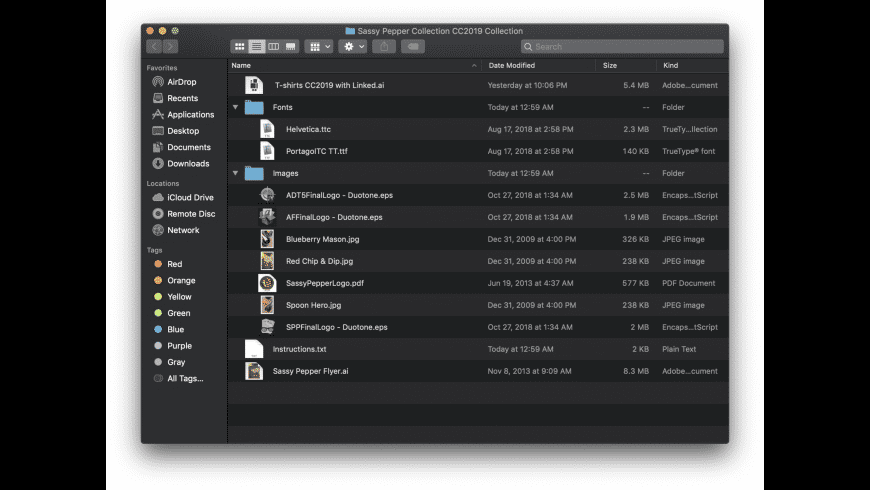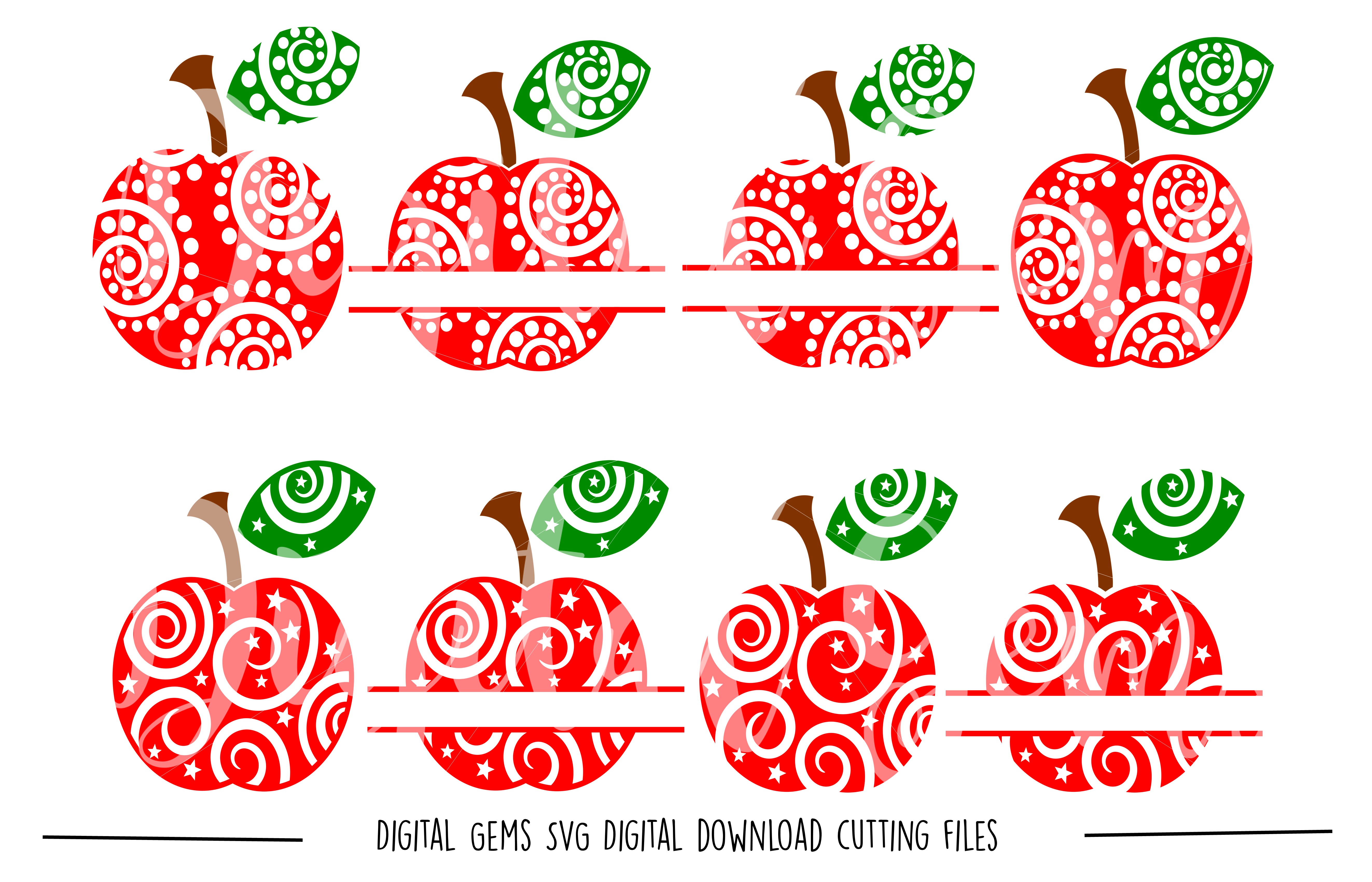- Art Files For Mac Os
- Clip Art Software For Mac
- Art Files For Mac
- Art Files For Mac Windows 10
- Art Files For Mac Computers
- Art Files For Mac Desktop
This is a guide on choosing which Mac to get, depending on whether you're an artist or art student.
Art Files is a stand-alone application that takes the tedious task of collecting Illustrator documents, linked images and fonts for graphics files and turns it. Art Files for Mac. Art Text is a narrow-purpose graphics and text-styling tool that's easy-and even fun-to use. This program is primarily intended for creating stylized buttons, logos, and blocks of text that you.
I'm writing this from an artist's point of view. I've used both Macs and PCs for creating graphics in the newspaper industry. This guide will assume that you've already decided to go with a Mac over PC. I've previously written something on PC vs Mac so I'll not cover that here again.
I would love to hear your comments on what Mac you're have and the work you're using it for, and the performance. Especially if your findings are different from mine.
Laptop vs desktops
Mobility is the only factor to consider between choosing laptops and desktops. Note that by today's standards, Apple laptops are incredibly fast. You don't really sacrifice a lot of features choosing between the two. If you need to be working at different locations, home, office or school, it's the laptop for you.
Art Files For Mac Os
In addition to the stock configurations, you can also choose to customize your own. If you choose customization, you need to purchase from Apple directly. If not, you can get yours at Amazon or shops. The other difference is in pricing. Depending on where you are, you might save on sales tax if you're getting from Amazon, that's if you're not going to be filing for taxes.
Macbook Air
This is the lightest laptop from Apple.
Here are the configurations:
It comes in 11-inch and 13-inch models. The 11-inch screen is too small for graphics work. 13-inch is significantly better as it shows more viewable information.
The main limitation of the Air is the dual processors which is currently 1.8GHz. It's good enough for light to general graphics creating, like digital painting, layout and graphic design. But it will won't be as fast when it comes to processor intensive stuff, like rendering 3D models and videos.
It has 4GB of memory which is sufficient, and configurable to 8GB. That means you can work on multiple files at the same time, or several Photoshop layers in a single file.
The flash storage means opening and saving files are extremely quick, and general system performance overall is quick.
There's no disc drive, but you have the option to get an external one.
If you need good colour accuracy, the Macbook Air comes up short as compared to Macbook Pro. The colour does shift depending on the tilt of your screen. However, this is more critical for artists or designers working for high end publications like magazines. I work for the newspapers and we don't require that level of accuracy. it doesn't have to be that accurate, but it must not be inaccurate. The other point to note about colour accuracy is, you also need to take into account the colour profile of your printer and audience display.
Bottomline: Extremely mobile. Good for light to general graphics work. Zippy performance overall. Get the 13-inch model.
Macbook Pro
The Macbook Pro is the higher end model of the Apple laptops, sort of. I say sort of because as mentioned earlier, the Macbook Air uses flash storage which is extremely fast. There are configurations of the Macbook Pro that do not use flash storage.
Here are the different configurations currently offered:
These guys have faster processors. The low-end ones use dual core processors while the higher end ones with 4 cores.
The 5400-rpm storage is the constraint. If you can, upgrade to at least a faster 7200-rpm drive. If you have the budget, upgrade to the flash storage.
The low-end 13-inch Macbook Pro is good for light to general graphics work. However, if you're getting the low end Macbook Pro, I would recommend getting the 13-inch Macbook Air instead. Personally, I would sacrifice processor speed for a faster storage drive which improves overall performance of the system.
The 15-inch Macbook Pro is a different story because it has twice the processing power with 4 cores, an additional graphics card, and a larger screen. It's suited for general to heavy graphics work like 3D rendering and video rendering. The constraint is again the 5400-rpm storage.
There's even the super high-end Retina display Macbook Pro. In terms of price and value, I feel the non-Retina 15-inch is better. That's unless you need to see everything in super sharp detail, not that the non-Retina ones are not sharp. I don't have any experience with creating graphics for print with the Retina Macbook Pro so I can't really comment much on the perceived advantage of doubling the resolution.
Bottomline: Get the high-end Macbook Air instead of the low-end Macbook Pro because there's not much difference, with the Air having the advantage of being lighter.
If you do 3D or video work or heavy graphics (huge dimensions and many layers), definitely get the 15-inch quad-core Macbook Pro. Spend the extra money and upgrade to at least a 7200-rpm storage.
Mac Mini
The thing you need to know about the Mac Mini is it doesn't come with a display, keyboard, mouse and disc drive which will all translate to spending extra money to get them.
Here are the configuration:
It's good enough for light to general graphics work, just like the Macbook Air. Get at least the mid-range model which offers 4GB of memory and better graphics card. Upgrade to at least a 7200-rpm storage if possible. For the price Apple is selling, I would have expected them to throw in at least 4GB memory and a 7200-rpm storage.

The quad-core model is more suited for video rendering rather than 3D because of the graphics card.
Bottomline: Good for light to general graphics work. Limited graphics card means 3D software won't run at its best performance.
iMac
If you don't need your computer to be portable, the iMac is a great choice. It's beautiful and powerful. Personally, I think it represents the best value for money.
Here are the configurations:
They are all quad-cores. Even the slowest iMac comes with a decent 7200-rpm drive and graphics card. These are high performance machines for general to heavy graphics work. They can take anything you throw at them.
With the 27-inch model, you can fit in two storage drives. If you put a flash storage inside, it's going to be incredibly fast. And the 27-inch comes with a stunning resolution of 2560 by 1440 pixels.
Bottomline: They are value for money desktop workhorse computers. Either the low or high end models are great. I recommend spending a bit extra for the incredible 27-inch display.
Mac Pro
This is the most powerful computer Apple has to offer.
This is also the one that I'm personally using at home. Mine was a quad-core 3GHz bought in 2006. This year, I just upgraded to a flash storage and it's amazingly fast, not that it was that slow before. I've been using it for 6 years and probably will be using it until it physically breaks down. The Mac Pro is also very expensive but I guess if you're using it for that long, it still provides good price-performance value.
Here are the configuration:
Clip Art Software For Mac
Even the base model is immensely powerful. It's also extremely easy to upgrade on your own. You can remove and side cover and add in storage or change graphics card.
The 12-core model is for those working on huge files, heavy 3D and video work.
For art students or artists with budget, I would recommend the iMac. If you do have extra budget, you can consider the Mac Pro. It depends on how long you want to use your computer. Plus, you get to choose your own monitor.
Bottomline: Great for heavy graphics, 3D and video work. Not recommended for artists or art students on budget unless you already know you'll be using it for a long time.
Applecare
Regardless of which Mac you buy. It's good to get the Applecare warranty that gives you two additional years of coverage. It's worth it.
Apple computers are expensive to fix when they break down. Stuff like memory and storage is quite cheap to replace. But motherboard and displays are really pricey because Apple's the only one making those parts.
Other questions
If you have them, I would be glad to answer them if I can.
Tags:
5 file types use the .art file extension.- 1.ArtCAM Model
- 2.AOL Compressed Image File
- 3.BERNINA Embroidery File
- 4.Artifacts Artifact File
- 5.Art Document
File Type 1ArtCAM Model
| Developer | Delcam |
| Popularity | |
| Category | CAD Files |
| Format | N/A |
What is an ART file?
CAD model created by ArtCAM, a CNC (computer numerical control) program used for artistic design and manufacturing; saves a 2D or 3D model as well as instructions for a machine to cut or engrave the design; used for signs, woodworking, engraving, and jewelry.
Delcam ArtCAM is no longer developed.
Open over 300 file formats with File Viewer Plus.Programs that open ART files
File Type 2AOL Compressed Image File
| Developer | AOL |
| Popularity | |
| Category | Raster Image Files |
| Format | Binary |
.ART File Association 2
Bitmap image file compressed by America Online (AOL); saved in a proprietary format that most image viewing programs do not recognize; can be opened within America Online by selecting 'File→Open...'
To save an ART file in a more compatible format, open the image with AOL File Viewer, choose 'Save As...' and select a different format.
Programs that open ART files

Art Files For Mac
File Type 3BERNINA Embroidery File
| Developer | BERNINA |
| Popularity | |
| Category | Data Files |
| Format | N/A |
.ART File Association 3
Embroidery design created with BERNINA embroidery software; contains a design that can be loaded into a BERNINA sewing machine and stitched onto a quilt, shirt, or other piece of fabric.
BERNINA ART files can be opened and edited with the embroidery software included with BERNINA sewing machines. They can also be opened, viewed, and printed with BERNINA's free ArtLink software.
NOTE: There are several different versions of the ART format and older version of BERNINA software may not open newer versions of ART files.
Programs that open ART files
File Type 4Artifacts Artifact File
| Developer | Versioned |
| Popularity | |
| Category | Developer Files |
| Format | XML |
.ART File Association 4
Visual Studio program bug description created with Artifacts, a file-based bug tracker; saved as an 'artifact' with a unique ID and contains a bug description in an XML format; can be categorized and filtered by labels within Artifacts.
Programs that open ART files
File Type 5Art Document
| Developer | N/A |
| Popularity | |
| Category | Vector Image Files |
| Format | N/A |
Art Files For Mac Windows 10
.ART File Association 5
Image file that may have been created by several different drawing programs; typically a vector graphic and uses points, vertices, and lines to represent the image instead of dots like a bitmap image; also used by various clipart programs.

Programs that open ART files
Art Files For Mac Computers
Art Files For Mac Desktop

